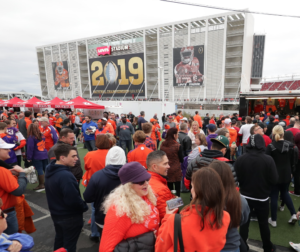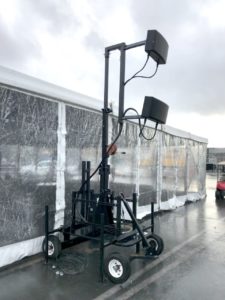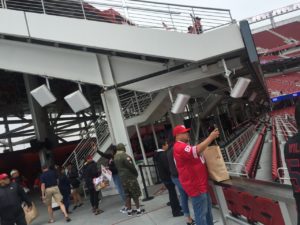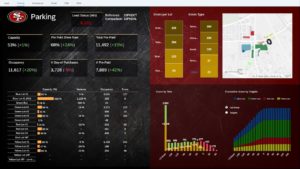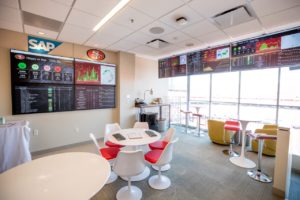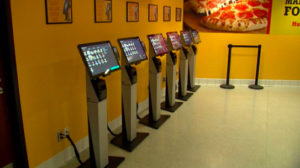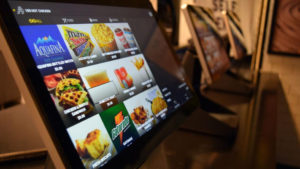Mobile Sports Report is pleased to announce our latest editorial endeavor, the VENUE DISPLAY REPORT!
A new vertical-specific offering of MSR’s existing STADIUM TECH REPORT series, the VENUE DISPLAY REPORT series will focus on telling the stories of successful venue display technology deployments and the business opportunities these deployments enable. No registration or email address required — just click on the image below and start reading!
Like its sibling Stadium Tech Report series, the Venue Display Report series will offer valuable information about cutting-edge deployments that venue owners and operators can use to inform their own plans for advanced digital-display strategies.
Our reporting and analysis will be similar to that found in our popular STR series, with stadium and venue visits to see the display technology in action, and interviews and analysis with thought leaders to help readers better inform their upcoming technology purchasing decisions. And in case you are new to the MSR world, rest assured that all our VDR reports will be editorially objective, done in the old-school way of real reporting. We do not accept paid content and do not pick profiles based on any sponsorship or advertising arrangements.
Our inaugural issue contains profiles of a new concourse display strategy at the San Jose Sharks’ SAP Center, powered by new LED screens from Daktronics and the Cisco Vision IPTV digital display management system; a look at the Utah Jazz’s decision to use Samsung’s system-on-a-chip displays at Vivint Smart Home Arena; and the San Francisco 49ers’ decision to use Cisco Vision to control displays at Levi’s Stadium.
Start reading the first issue now! No download or registration necessary.
As venues seek to improve fan engagement and increase sponsor activation, display technology offers powerful new ways to improve the in-stadium fan experience. While these topics are of prime interest to many of our long-term audience of stadium tech professionals, we suggest that you share the link with colleagues on the marketing and advertising sales side of the house, as they will likely find great interest in the ROI enabled by strategic display system deployments.
Sponsorship spots are currently available for future VDR series reports; please contact Paul at kaps at mobilesportsreport.com for media kit information.
